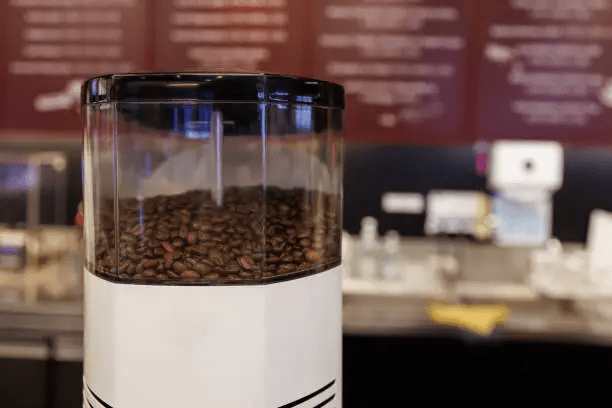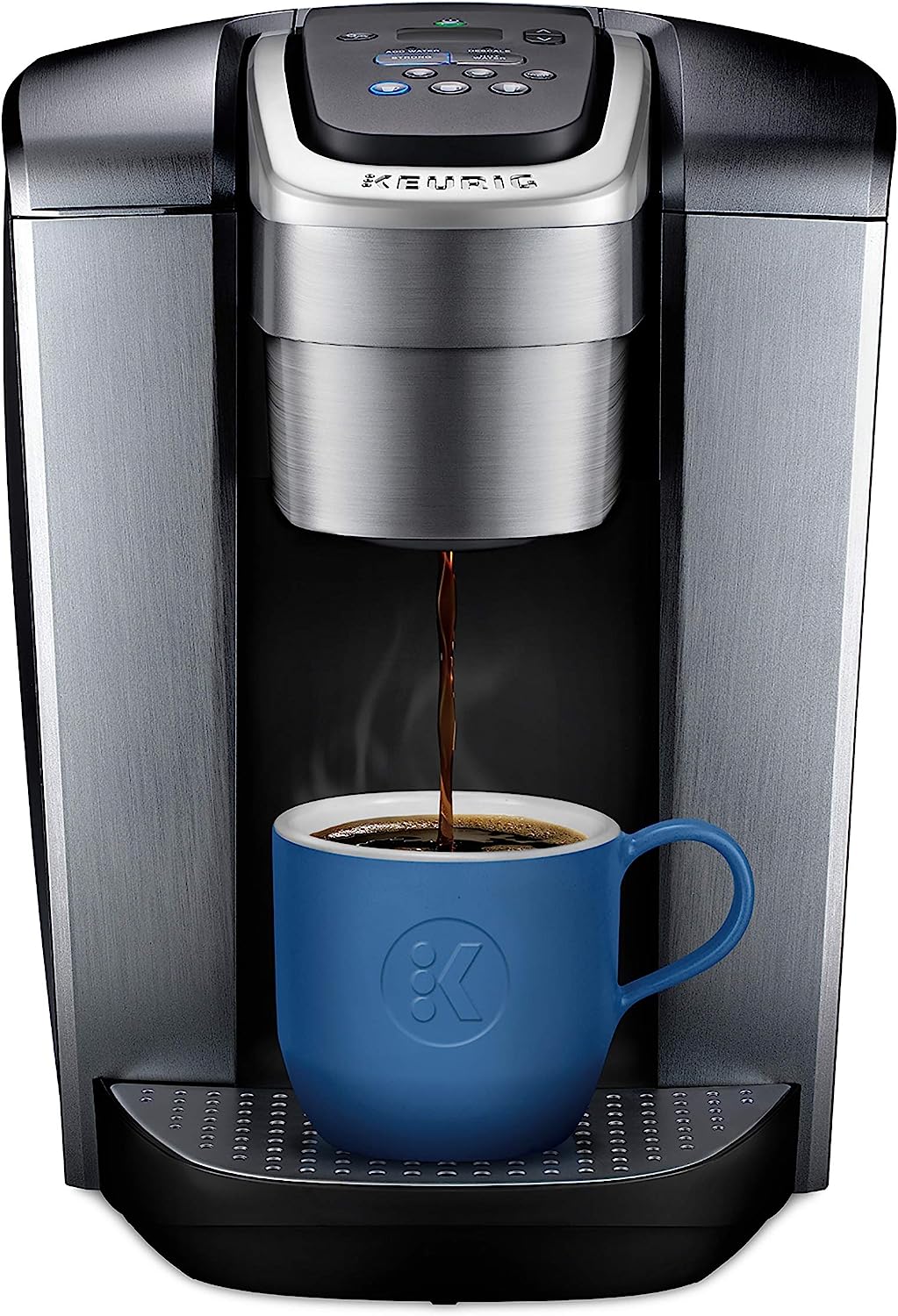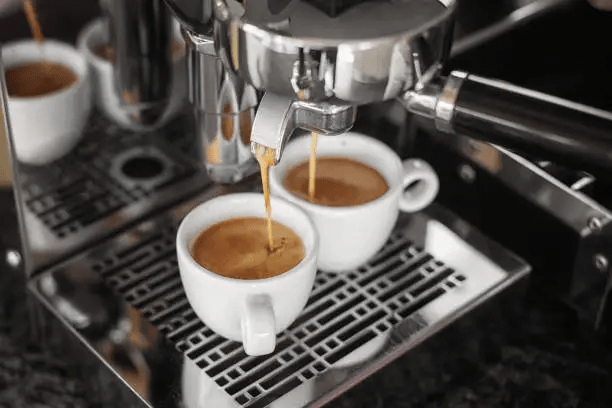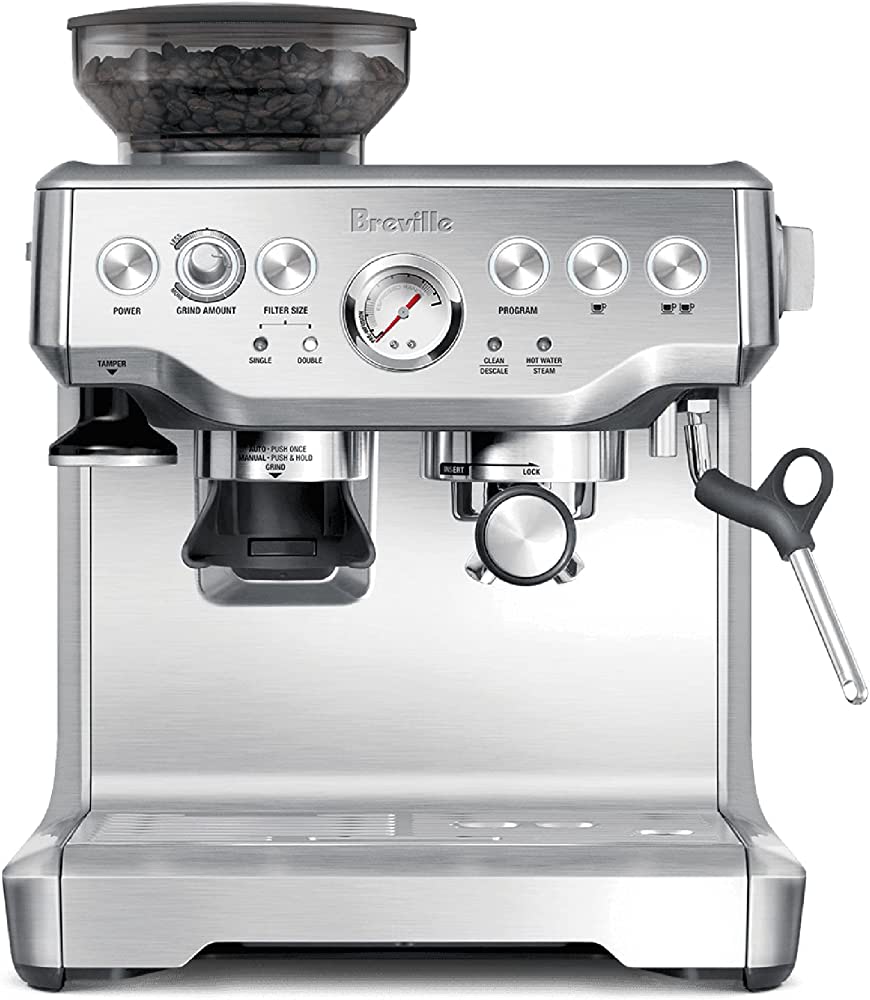
Coffee is more than just a beverage in the United States; it is a cultural staple, a morning ritual, and a social lubricant. From bustling city cafes to quiet suburban kitchens, coffee has become an integral part of American life. The story of coffee in the USA is one of migration, innovation, and an ever-evolving culture of consumption. This article explores the history, trends, and current status of coffee use in the United States, reflecting on how this humble drink has shaped and been shaped by American society.
The Arrival of Coffee in America
Coffee made its way to America in the 17th century, brought by British colonists who had developed a taste for the drink in England. The first coffeehouse in America opened in Boston in 1676, becoming a popular spot for merchants, politicians, and intellectuals to gather and discuss ideas. These early coffeehouses were inspired by similar establishments in London, where coffee was already gaining popularity as a stimulant that promoted lively conversation and debate.
During the 18th century, coffee consumption grew steadily in the American colonies, but it wasn’t until the Boston Tea Party in 1773 that coffee truly became an American symbol of independence. As a protest against British taxation, the colonists threw chests of tea into Boston Harbor, effectively boycotting the drink and turning to coffee as a patriotic alternative. This act not only solidified coffee’s place in American culture but also set the stage for its growth as a symbol of rebellion and self-reliance.
The 19th Century: Coffee Goes West
As the United States expanded westward in the 19th century, coffee went with it. Pioneers and settlers relied on coffee as a crucial part of their diet, especially because it was easy to transport and prepare. The simplicity of making coffee by boiling grounds in water made it an ideal beverage for those on the move. During the Civil War, coffee became an essential part of a soldier’s ration, further ingraining it into American culture. Soldiers would brew coffee over campfires, often using whatever water was available, and its stimulating effects helped them endure the hardships of war.
 By the mid-19th century, coffee had become a fixture in American homes, thanks in part to technological innovations like the percolator, which made brewing coffee easier and more accessible. The coffee trade itself also began to boom, with coffee beans being imported from countries in Latin America and the Caribbean, establishing trade relationships that continue to this day.
By the mid-19th century, coffee had become a fixture in American homes, thanks in part to technological innovations like the percolator, which made brewing coffee easier and more accessible. The coffee trade itself also began to boom, with coffee beans being imported from countries in Latin America and the Caribbean, establishing trade relationships that continue to this day.
The Birth of the Coffee Industry
The late 19th and early 20th centuries saw the birth of the modern coffee industry in the United States. Companies like Folgers and Maxwell House were founded during this period, bringing branded, pre-roasted coffee to the masses. The introduction of vacuum packaging in the early 20th century allowed coffee to be shipped and stored more efficiently, preserving its freshness and flavor. This innovation, along with aggressive marketing campaigns, helped popularize coffee across the country.
The invention of instant coffee in the 1930s by companies such as Nescafé further revolutionized coffee consumption. Instant coffee was marketed as a convenient alternative to traditional brewing methods, appealing to a society that was increasingly valuing speed and convenience. During World War II, instant coffee became a staple for American soldiers, much like regular coffee had been during the Civil War. This solidified coffee’s association with both everyday life and military service in the American consciousness.
The Rise of Coffee Culture in the 20th Century
The post-war era of the 1950s and 1960s saw coffee become an even more ingrained part of American daily life. The diner culture that emerged during this time placed a strong emphasis on coffee as a constant companion to meals and conversation. Coffee was often served bottomless, with free refills encouraging long, leisurely chats at the counter or in a booth. This era also saw the rise of the “coffee break” as a social institution in the workplace, with many companies officially recognizing it as a time for employees to relax and recharge.
The 1970s and 1980s marked the beginning of a coffee revolution in the United States. As Americans became more interested in different flavors and origins of coffee, specialty coffee shops began to emerge. These shops introduced Americans to a variety of brewing methods, such as espresso, cappuccino, and latte, which were relatively new to the American palate. The rise of the specialty coffee movement also brought with it a greater awareness of the quality and sourcing of coffee beans, leading to the emergence of terms like “single-origin” and “fair trade” in the American coffee lexicon.
The Starbucks Era and the Third Wave
The late 20th and early 21st centuries ushered in the era of Starbucks and the so-called “third wave” of coffee. Starbucks, which was founded in Seattle in 1971, rapidly expanded across the United States and eventually the world, popularizing espresso-based drinks and creating a new model for the coffee shop as a “third place” between home and work. The company’s success inspired a proliferation of other coffee chains and independent cafes, each offering a variety of beverages that catered to a wide range of tastes and preferences.
The third wave of coffee, which began in the early 2000s, took the specialty coffee movement to new heights. This wave is characterized by a focus on high-quality beans, sustainable and ethical sourcing, and a dedication to the craft of brewing. Third-wave coffee shops emphasize transparency about the origins of their beans, often working directly with farmers to ensure quality and fairness. This movement also saw the rise of new brewing techniques, such as pour-over and cold brew, which became popular among coffee enthusiasts looking for a more refined and personalized coffee experience.
Current Trends in Coffee Consumption
Today, coffee consumption in the United States is as diverse as the population itself. According to the National Coffee Association, 66% of Americans drink coffee daily, making it the country’s most popular beverage after water. While traditional drip coffee remains a favorite, there has been a significant increase in the popularity of specialty drinks, such as lattes, cold brews, and nitro coffees. The rise of coffee culture on social media platforms like Instagram has also contributed to the popularity of aesthetically pleasing coffee drinks, further driving the demand for specialty coffee.
In recent years, there has been a growing interest in sustainability and ethical sourcing among American coffee consumers. Many people are now seeking out coffee that is organic, fair trade, or Rainforest Alliance certified, reflecting a desire to make more environmentally and socially responsible choices. The pandemic also had a significant impact on coffee consumption, with more people brewing coffee at home due to lockdowns and social distancing measures. This shift has led to an increased interest in home brewing equipment, such as French presses, espresso machines, and pour-over kits.
The Future of Coffee in the USA
As we look to the future, coffee’s role in American society is likely to continue evolving. Innovations in technology, such as app-based ordering and delivery services, are making it easier than ever for consumers to get their coffee fix. At the same time, the ongoing focus on sustainability and ethical sourcing suggests that consumers will continue to demand more transparency and accountability from the coffee industry.
The growing popularity of plant-based milk alternatives, such as oat milk and almond milk, is also likely to influence the coffee landscape, as more people seek out dairy-free options for their lattes and cappuccinos. Additionally, the rise of ready-to-drink coffee beverages, such as bottled cold brew and canned espresso, reflects a trend toward convenience and portability, catering to the on-the-go lifestyles of many Americans.
Conclusion
Coffee has come a long way since it first arrived in the American colonies. From its early days as a symbol of rebellion against British rule to its current status as a beloved daily ritual, coffee has woven itself into the fabric of American life. As coffee culture continues to evolve, it remains a powerful connector of people and ideas, a source of comfort and energy, and a reflection of broader social and cultural trends. Whether sipped in a bustling café or brewed quietly at home, coffee will undoubtedly remain a central part of the American experience for years to come.

